The UNESCO World Heritage List contains many gardens. Are you wondering which are the best UNESCO gardens? These are our favourite UNESCO World Heritage gardens: an interesting mix of Renaissance, Baroque, Classical, and Botanical.
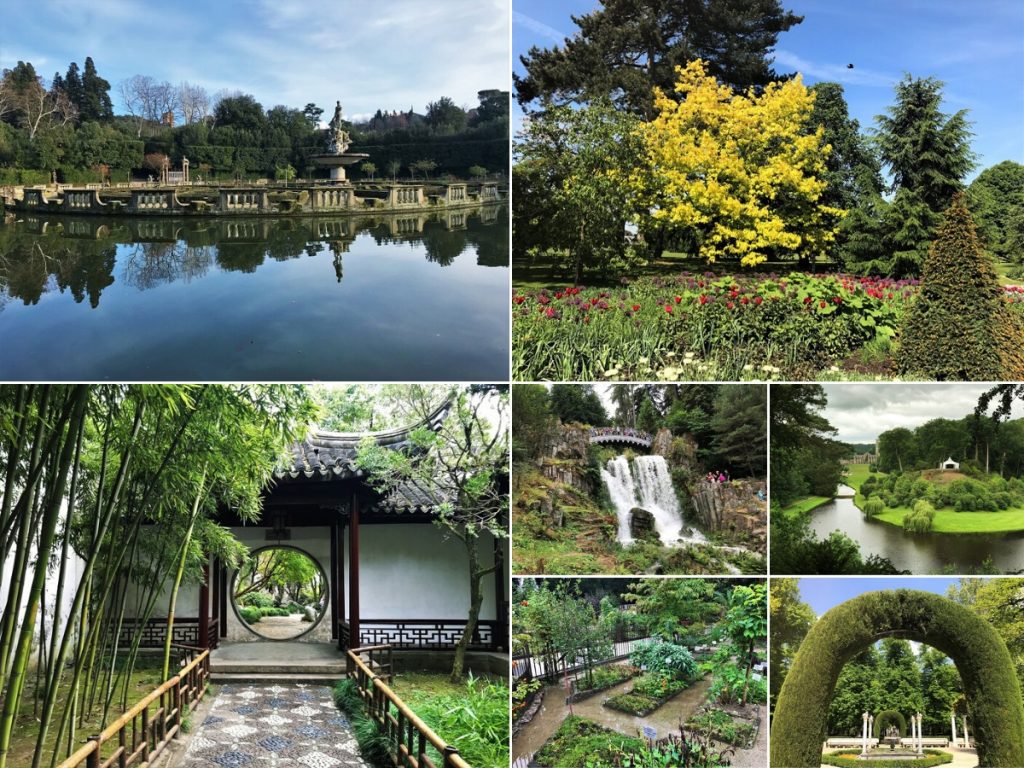
Classical Gardens of Suzhou – World Heritage Site, China
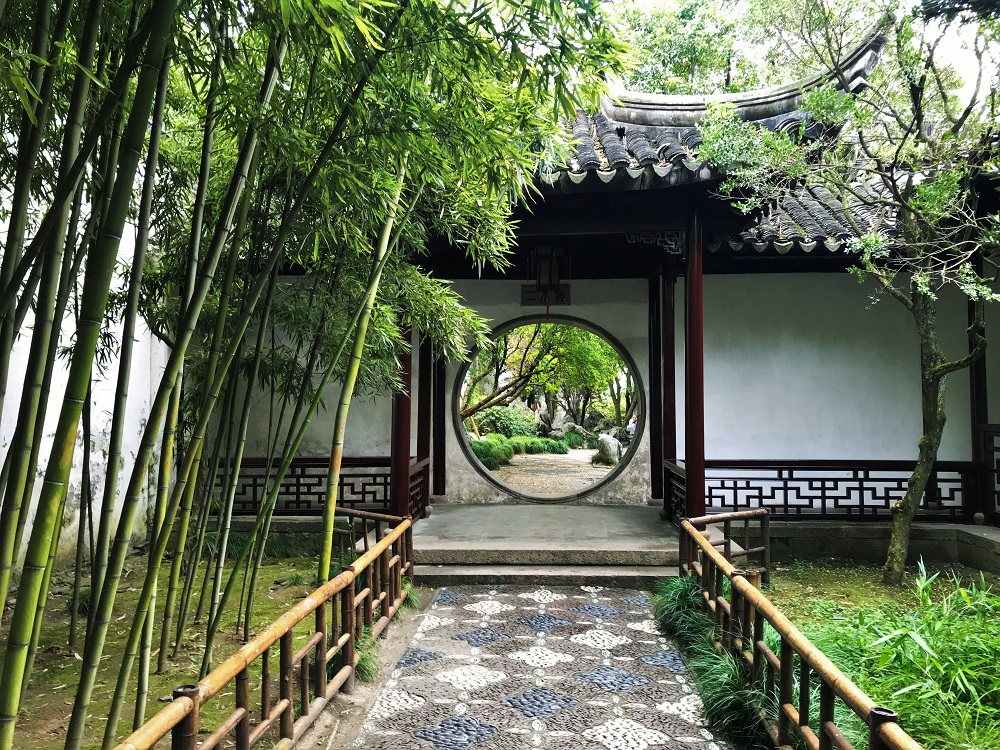
This World Heritage site covers a series of nine Chinese gardens, located in the city of Suzhou, eastern China. Generally considered to be the pinnacle of classical Chinese garden design, some of them date back over a thousand years!
Our first visit was the Humble Administrator’s Garden. It was founded in 1513 by Wang Xiancheng, a former Imperial official and poet who built the garden to show off his good taste and skills at garden-building. It was named after a verse by a famous Jin Dynasty poet, who wrote:
I enjoy a carefree life by planting trees and building my own house
I irrigate my garden and grow vegetables for me to eat
Such a life suits a retired official like me well.
This is the way of ruling for an unsuccessful politician.
Pan Yue, An Idle Life
The garden took 16 years to complete, and quickly became famous in China thanks to local poets and artists painting and writing about it. It features pavilions, towers and bridges, all carefully laid out among pools, lakes, rivers and islands. It’s a beautiful and magical place, even on a rainy autumn day and filled with tourists. There’s still a few quiet areas where you can relax and take in the scenery, usually with atmospheric and inspiring names like Celestial Spring Tower or Distant Fragrance Hall, Flying Rainbow Bridge and Lotus Breeze Pavilion.
We also visited the Lingering Garden, located in western Suzhou. Dating back to 1593, it was commissioned by Xu Taishi, another former imperial official. Although smaller than the Humble Administrator’s Garden, the Lingering Garden gives you a really clear sense of how Chinese gardens are designed. Unlike classical western gardens which are highly formalised, Chinese gardens are carefully designed around a series of scenes. At the Lingering Garden, each new area is based on a real place.
The best example of this is a rockery garden, built to resemble nearby Tiantai Mountain. With some better weather and fewer crowds, we loved the Lingering Garden. Even the building interiors were exquisitely done. Following our visits we had a really strong sense of how Suzhou had influenced other Chinese garden designers, including the builders of the Summer Palace in Beijing.
Royal Botanic Gardens, Kew – World Heritage Site, United Kingdom
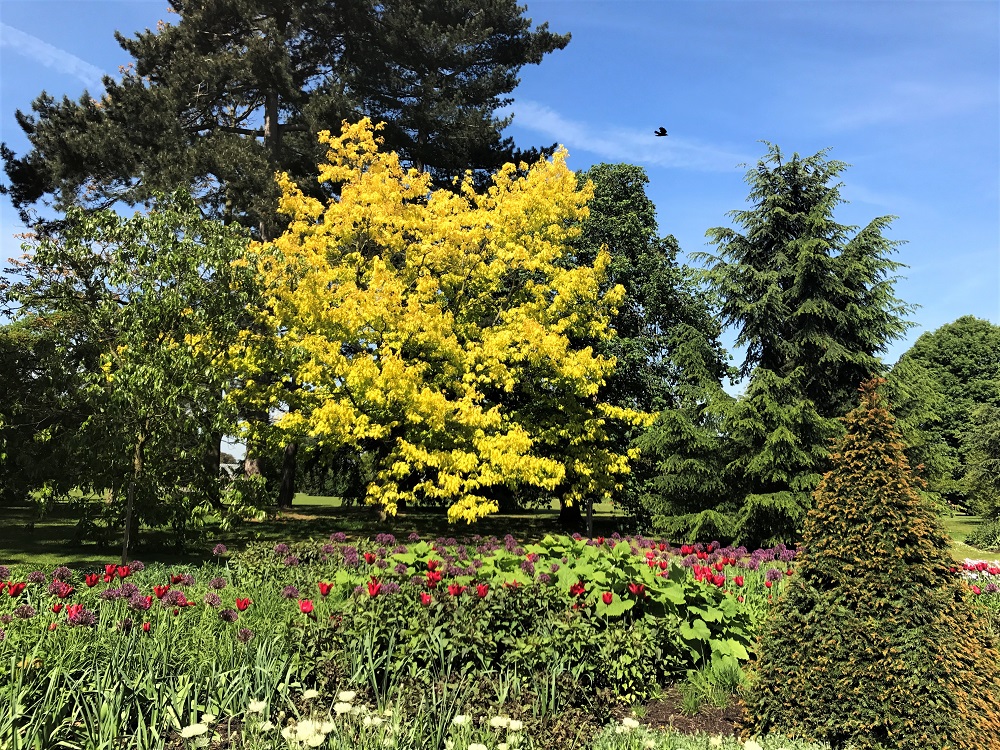
Located on the south-western edge of London, the Kew Royal Botanic Gardens are among the world’s most important botanic gardens. Although there’s been royal gardens and estates in the area for centuries, the Botanic Garden was officially established in 1840. These days, it’s home to one of the world’s largest plant collections.
One thing we found fascinating was the various plant houses and conservatories, all housing a different biome of plant. There’s the Alpine House, with thousands of mountain plants. The famous Palm House, an iconic wrought-iron-and-glass Victorian-era building that’s home to thousands of palm species. And of course the enormous Temperate House, featuring the world’s largest collection of temperate plants.
It really makes for a fantastic day out, wandering around the gardens, enjoying the weather and the beautiful environment. And as a personal side-note: the first official director of the gardens was Sir Joseph Banks, who was one of the driving forces behind British colonisation of my home country – Australia. Banks is very famous in Australia, I even grew up in a place called Bankstown! Between Banks and the ever-expanding British Empire of the 18th and 19th centuries, the species sent back to Kew made it into one of the world’s most valuable and important gardens. Truly a well-deserving World Heritage Site.
Medici Villas and Gardens of Tuscany – World Heritage Site, Italy
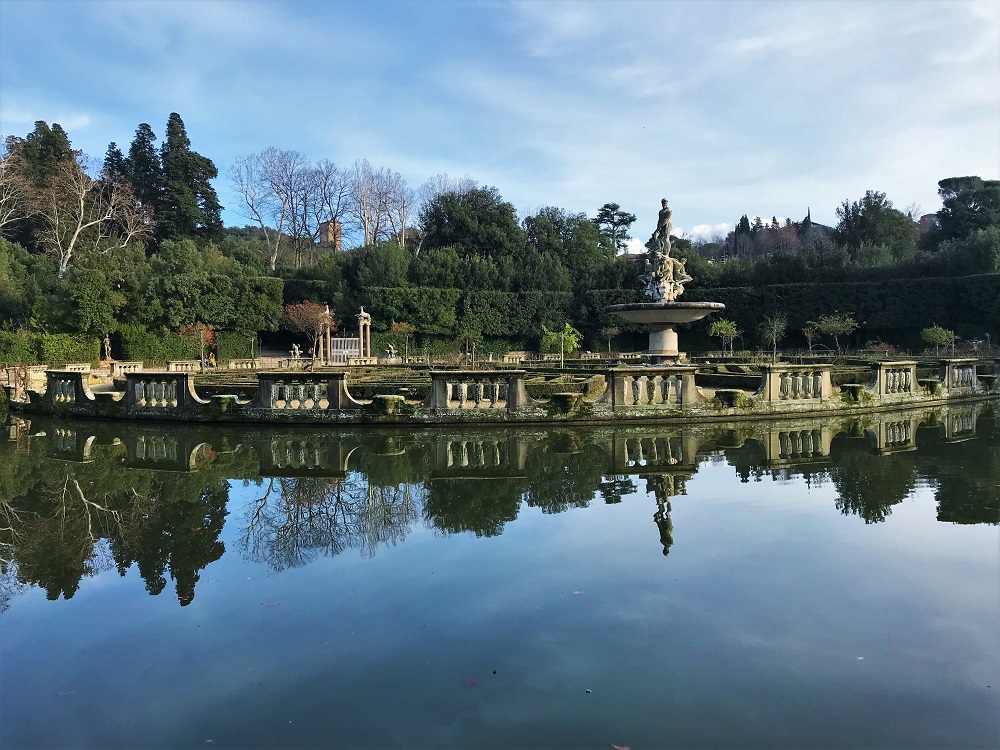
This World Heritage Site consists of twelve impressive villas and two beautiful gardens constructed by the Medici family in the 15th-17th centuries. Situated in various locations around Florence and Tuscany in northern Italy, the villas and gardens are a fantastic demonstration of how wealthy and important the Medici family was.
Although Villa di Castello and Villa La Petraia on the outskirts of Florence were both very impressive, we were most captivated by the Boboli Gardens in central Florence. These huge gardens are some of the earliest and most famous Italian Renaissance gardens anywhere in the world, and were hugely influential when built in the 16th century.
We absolutely loved the water features, elaborate sculptures, beautiful detailing, impressive plant collections, and of course the famous Grottos. It’s one of the most famous and visited gardens in all of Italy, and deservedly so! And it’s comfortably one of the best World Heritage gardens we’ve seen.
Padua Botanic Gardens – World Heritage Site, Italy
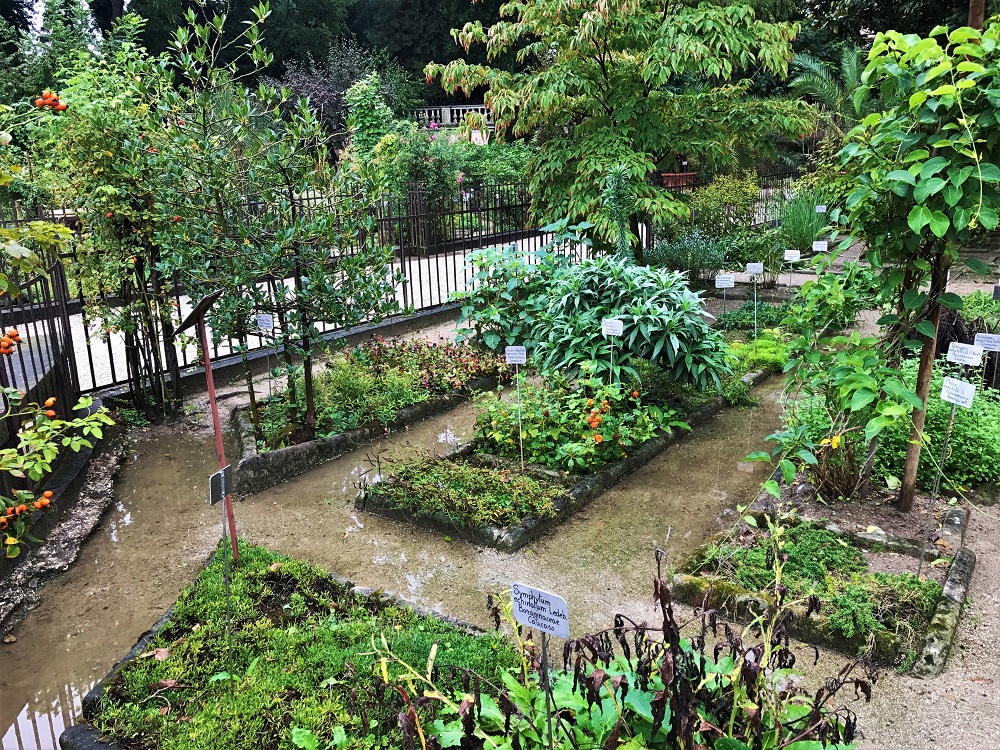
The Botanic Gardens in Padua are the world’s oldest Botanic Garden. Founded way back in 1545 as a centre for scientific research, it even has the same layout these days as it did in the 16th century. It’s arranged in a circular shape and sliced by walkways into four quarters and surrounded on all sides by water, representing the layout of the known world.
Each of the quarters (and then subdivisions within those) is arranged by type and purpose such as medicinal plants, and poisonous plants. It’s interesting to see and explore, because of course it pre-dates Carl Linnaeus’s taxonomy system that we’re all used to.
One particular highlight of the garden is an incredible palm tree that dates back to 1585, known as the “Goethe Palm“. The name comes from German writer and scientist Johann Wolfgang von Goethe, who mentioned the tree in several of his scientific papers, and it’s still an incredible sight!
The rest of the collection is likewise very impressive. Naturally there’s a lot of plants from across Europe, but also plenty from the Americas as well. This is partly because Padua is located very close to Venice, and the garden was founded when Venice was among the world’s most powerful and important cities. Venetian traders and merchants sailed the world, bringing their interesting finds back home to Venice, where they ended up in the collection of Padua’s Botanic Garden. What a fascinating spot.
Bergpark Wilhelmshohe – World Heritage Site, Germany
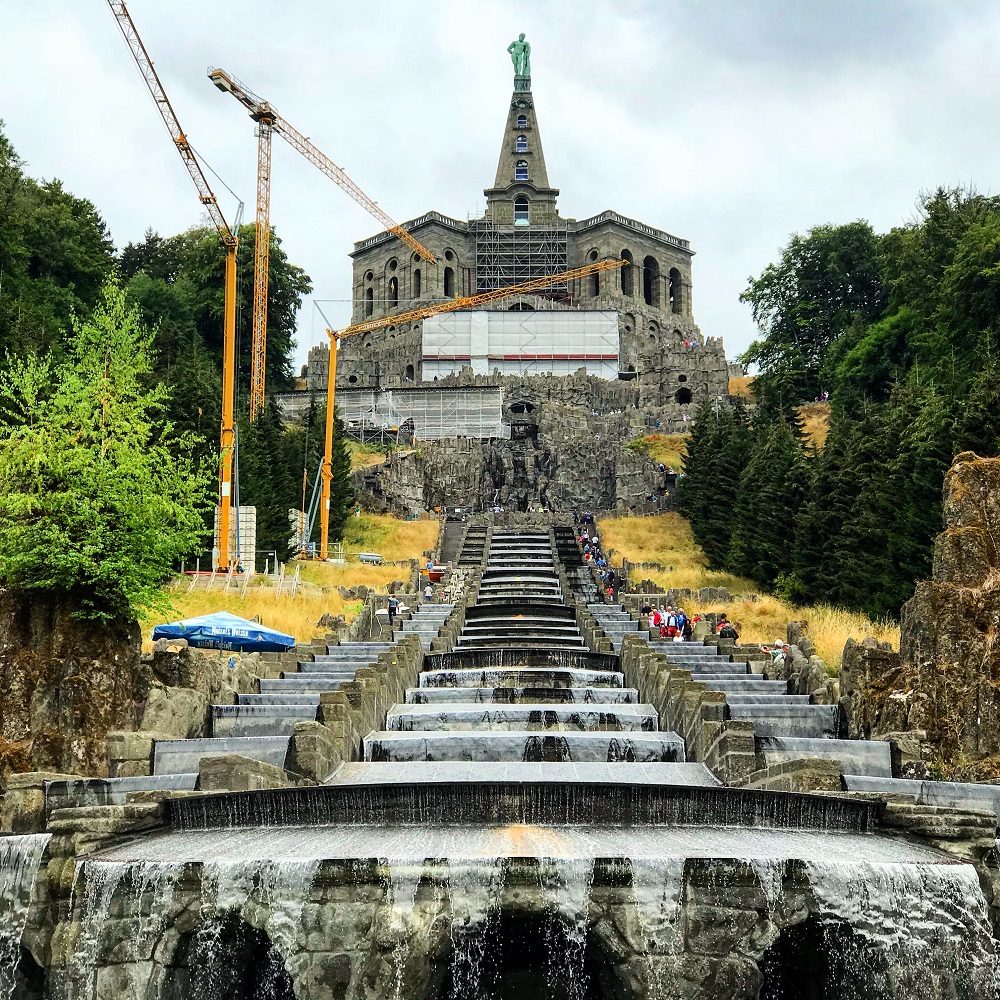
One of the things I’ve always loved about the World Heritage List is the variety. And the Bergpark Wilhelmshohe is a great example of that variety. Unlike other gardens on the World Heritage List, which are famous botanic gardens or influential Renaissance gardens, the Bergpark is (as the name suggests!) a mountain garden. Located in the city of Kassel in central Germany, it was built by the local rulers in the 17th and 18th centuries.
The Bergpark is most famous for the incredible water shows known as Wasserspiele that happen in summertime. It starts right at the top of the mountain, underneath the towering statue of Hercules. At precisely 2:30pm, water erupts from a complex fountain at the top of the hill, cascading over a stone waterfall and ending up in a large pool with another large geyser. This pool is flanked by two huge statues blowing horns, and while the water is running the horns make a loud droning sound – impressive, though a little unpleasant!
From here, the water gushes in stages down the Baroque Cascade, and settles briefly into Neptune’s Basin at the bottom. But that’s not the end, not by a long way! From here, the water drains into a series of hidden pipes and is sent through several follies, or features.
The most impressive of the follies is the “ruined aqueduct”, which of course isn’t a ruined aqueduct at all. It’s a fully functioning aqueduct, but built to look like a ruined aqueduct, hidden in the forest. The effect is very striking! But my favourite of the follies is the Devil’s Bridge, based on a real bridge in Switzerland. It has an iconic, arched leap between two cliffs, and during the water show a waterfall thunders underneath it.
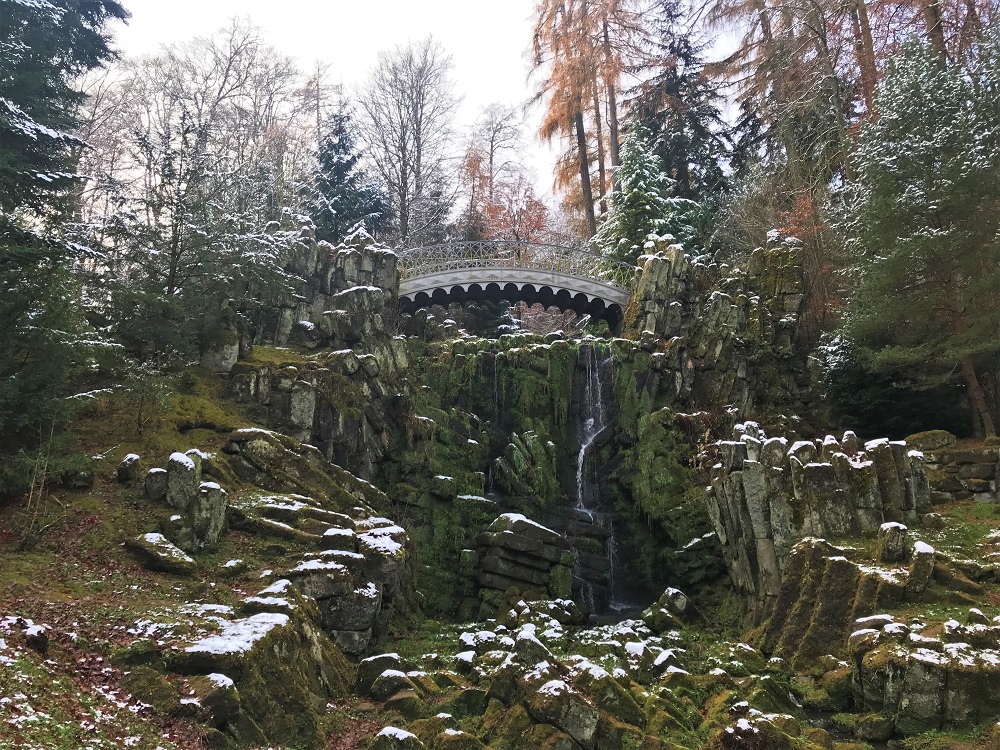
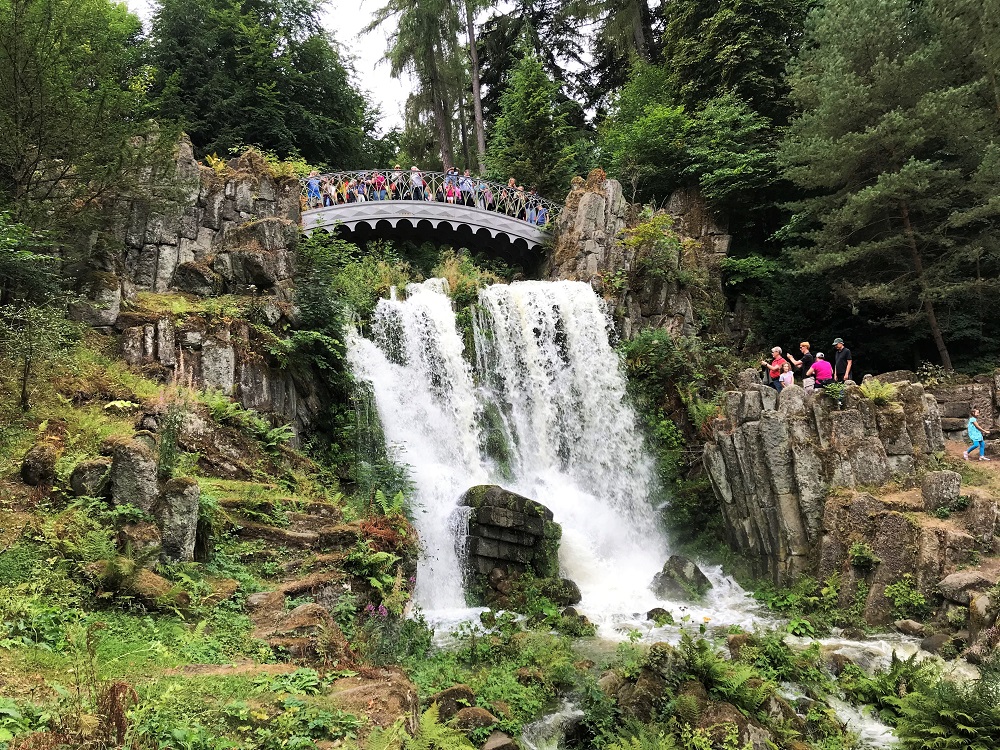
Finally the water all empties into the lower pool, where an enormous geyser erupts. This geyser is genuinely huge! It reaches a height of 50 metres, and was once the tallest fountain in the world. It’s incredible to realise that it’s all done without the use of water pumps.
Cultural Landscape of Aranjuez – World Heritage Site, Spain
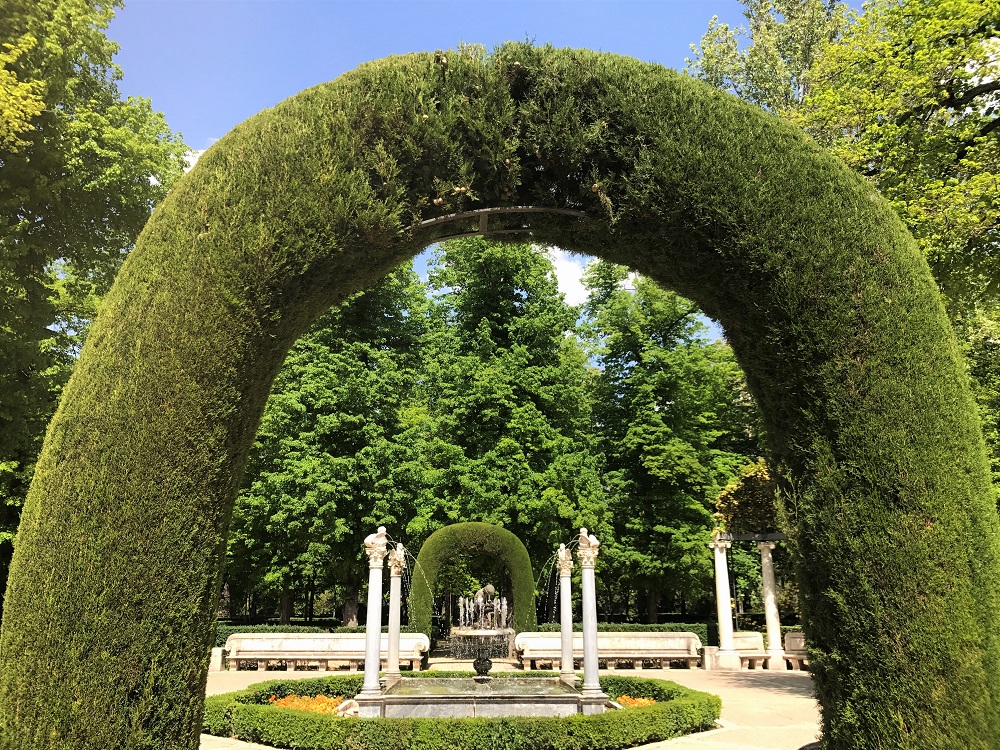
This World Heritage Site is located in central Spain, just south of Madrid. Centered around a royal palace, Aranjuez is home to many beautiful gardens that we had a fantastic time exploring.
The huge number of fountains dotted around is definitely the highlight here, and the fountains are all carefully laid out according to French Baroque principles of the 18th century. And there’s just so much sculpture around as well, with Greek and Roman gods featuring alongside Spanish royals.
The palace here is actually still in use by the Spanish royal family, and for centuries was known as the Spring palace; the place where they would live during spring. We were lucky enough to be there during spring, and you can really see why! Blooming flowers, warm sunshine, soft breezes, tree-lined avenues and gently flowing watercourses. Despite its proximity to Madrid, Aranjuez is a real hidden gem and absolutely worth a visit!
Studley Royal Park and Fountains Abbey – World Heritage Site, United Kingdom
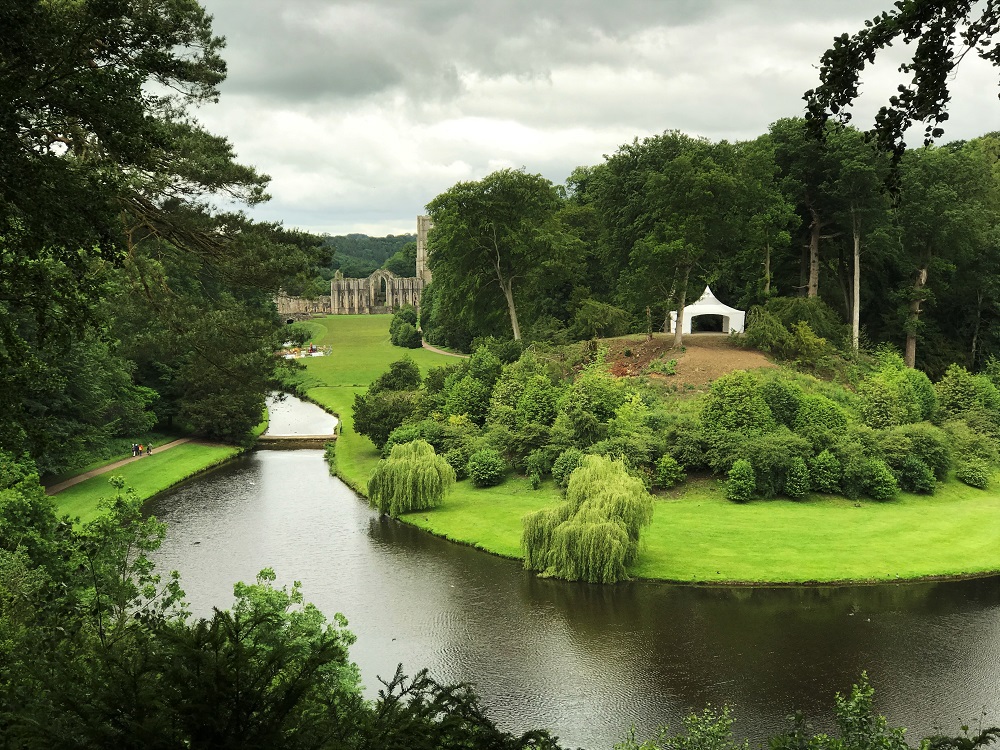
This World Heritage Site, located in the north of England, has two separate components: the ruins of Fountains Abbey, and Studley Royal Park. Fountains Abbey is a ruined monastery that dates back to the 12th century, and was once among the wealthiest monasteries in the country. After it was abolished during the Reformation, the buildings were left to ruin and even today are very impressive.
But it’s the gardens of Studley Royal Park next door that we found most impressive about this UNESCO site. Founded in the 18th century, it’s one of the largest and most important examples of English water garden design. The entire garden is laid out to maximise views of the ruined Abbey, and there’s also several watercourses, canals and rivers built to create the views. But not to be out-done, the Park is also home to a series of follies or decorative pieces. The most impressive of these are a Palladian-style banquet house, and a neo-Gothic castle as well.
We also really enjoyed the beautiful lawns, cascades, fountains, sculptures and other decorative elements dotted throughout the park. Apparently it’s mostly in original condition, and hasn’t changed much since it was founded which is quite remarkable! And that definitely makes it a worthy addition to our list of top UNESCO gardens.
Conclusion
We hope you enjoyed reading about our favourite UNESCO World Heritage gardens as much as we enjoyed visiting them! There’s just so much variety on the World Heritage List, we really love seeing different aspects of each site and of course the different styles of gardens are no different.
If you’re new here, maybe consider checking out the World Heritage Sites of Delhi. We’ve also got a fascinating new post about the 7 World Heritage Sites of Sicily. And of course, don’t forget to subscribe to our YouTube channel, and be sure to click the notification bell so you never miss a video!
